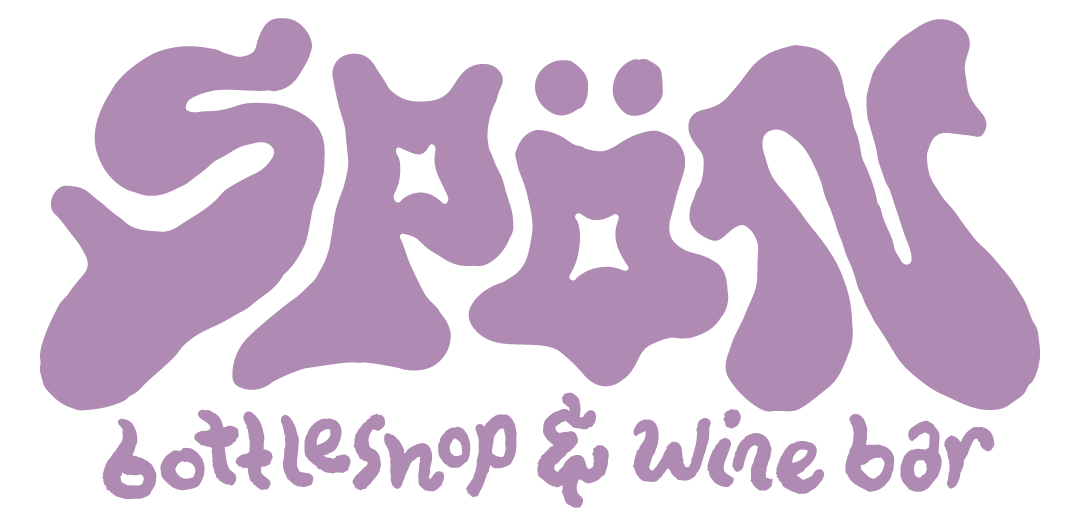
2018 Peter Lauer Saar Riesling Sekt Extra Brut





WINEMAKER: Florian Lauer
REGION: Saar, GER
VARIETAL: Riesling
VITICULTURE: Organic
Crémant with crystalline freshness and bright fruit aromas. Champagne method: second fermentation in bottle, riddling by hand. Since 1984, we have been producing our Riesling sparkling wine in the cellar of the historic Joh. Förster winery in Trier-Süd. Below this Art Nouveau building, there is an extensive multi-story cellar. Those rooms are ideal for maturing sparkling wine using the Champagne method. Second fermentation in bottle and riddling by hand. The sparkling wines from Lauer mature at 8 to 10 degrees Celsius in dark-vaulted rooms for about 14 to 20 months before they are disgorged.
For purists, there is nothing like the Saar. Saar shows intensity without weight, grandiosity without size: rocks and acidity. Frank Schoonmaker put it best in his 1956 tome The Wines of Germany: “In these great and exceedingly rare wines of the Saar, there is a combination of qualities which I can perhaps best describe as indescribable – austerity coupled with delicacy and extreme finesse, an incomparable bouquet, a clean, very attractive hardness tempered by a wealth of fruit and flavor which is overwhelming.” Yes, this is the Saar. Peter Lauer, founded in 1830, is currently one of greatest estates in this sacred place.
The style at Lauer is quite the opposite of his famous Saar neighbours, Egon Müller and Hanno Zilliken – the focus at Lauer is for dry and off-dry Rieslings bottled from single sites, identified by their cask number, as opposed to the Kabinett, Spätlese, Auslese wines of the latter two made using the German Prädikat System. Yet the hallmarks are similar: purity, precision, intensity, minerality.
Florian is a minimalist in their cellar. The only interventions are temperature control, a clarification prior to fermentation and battonage (stirring of the lees). The grapes ferment spontaneously with native yeast. Lees contact is allowed as well as some partial malolactic fermentation. As he describes it, "I don't look for malo but I don't avoid try to avoid it. It just happens in parallel." This approach takes the edge out of the acidity, and if done with care, doesn’t add simplifying lactic notes. The end results are undeniable: depth, texture, dimension, and clarity.
